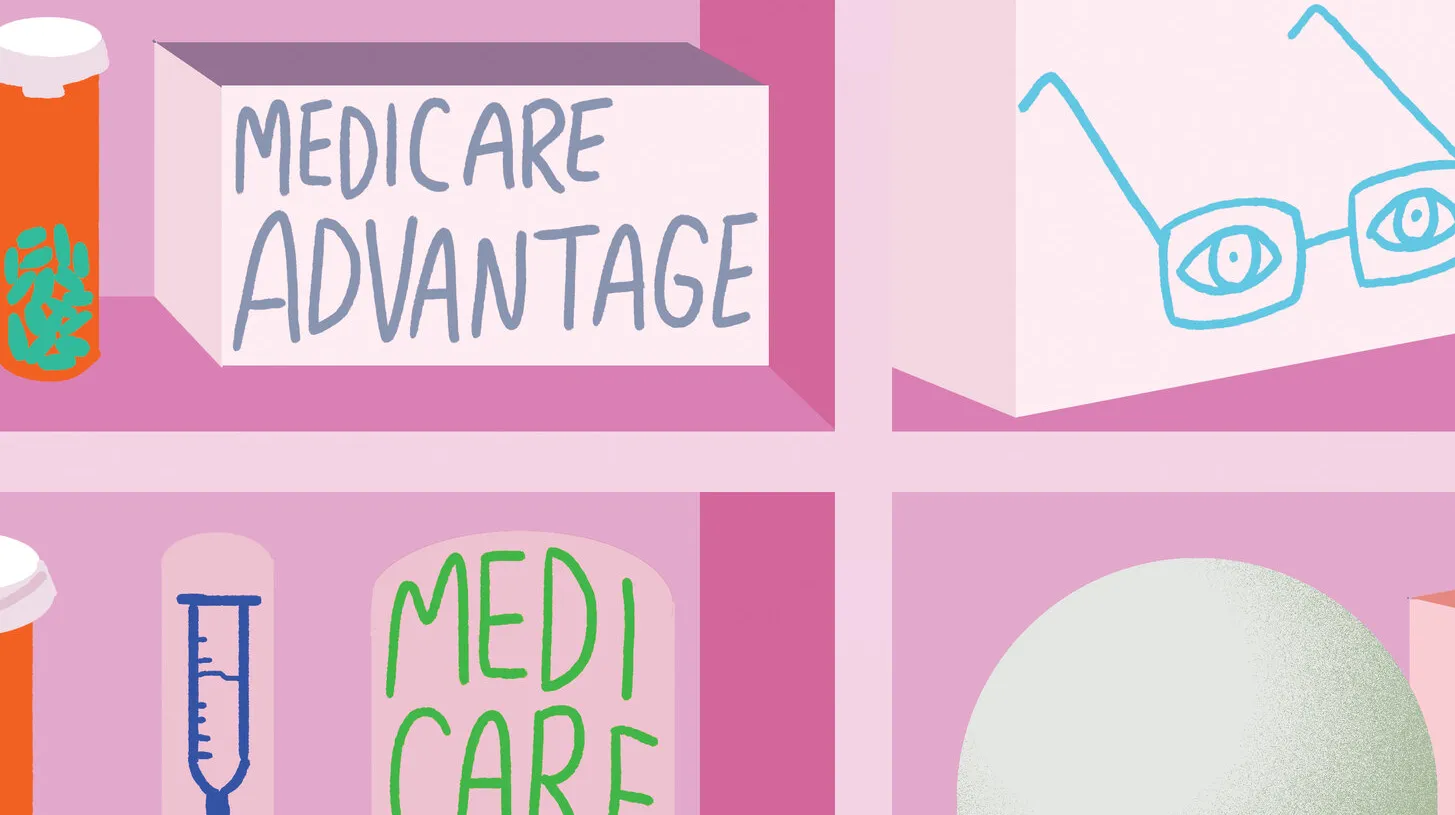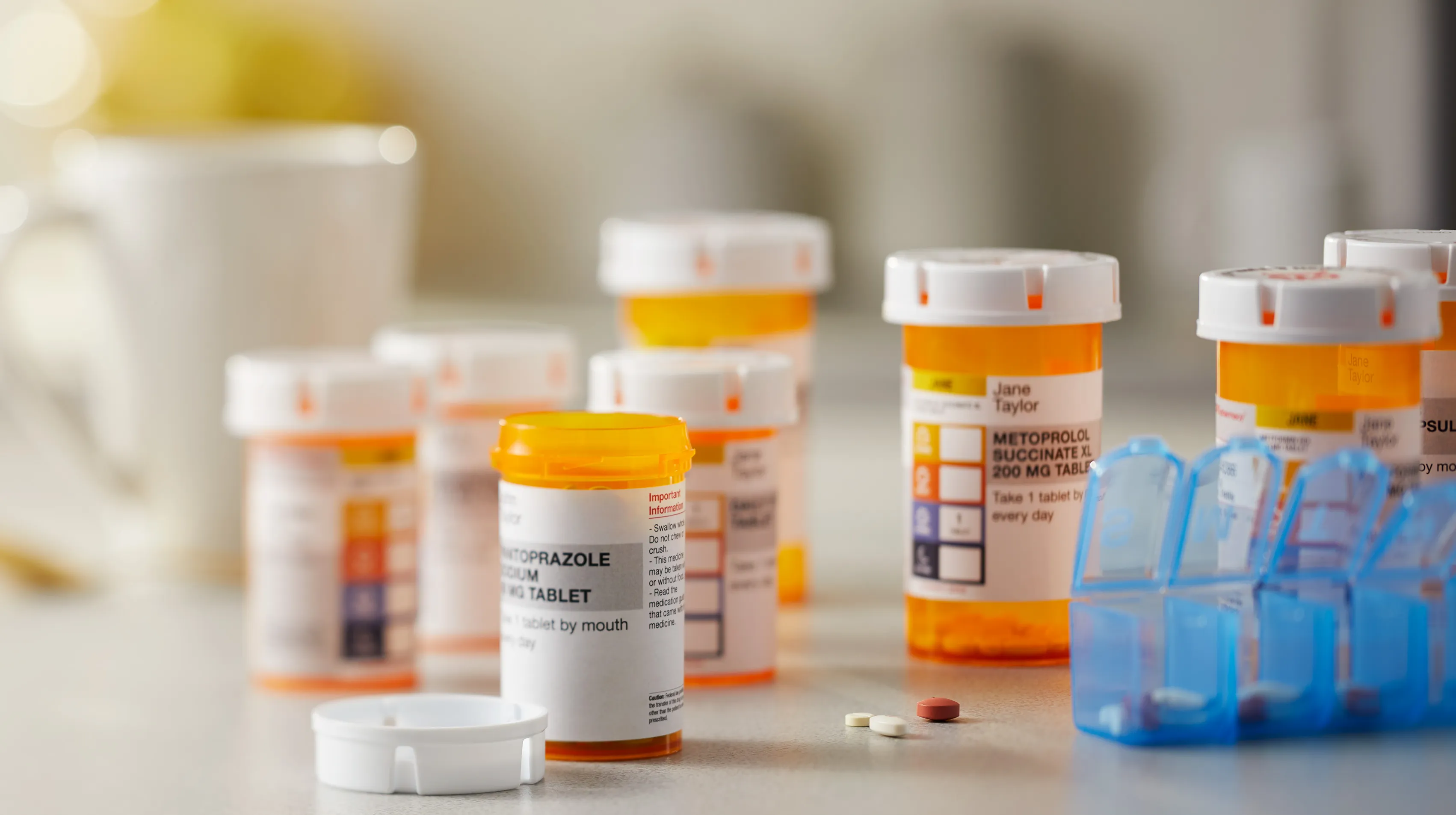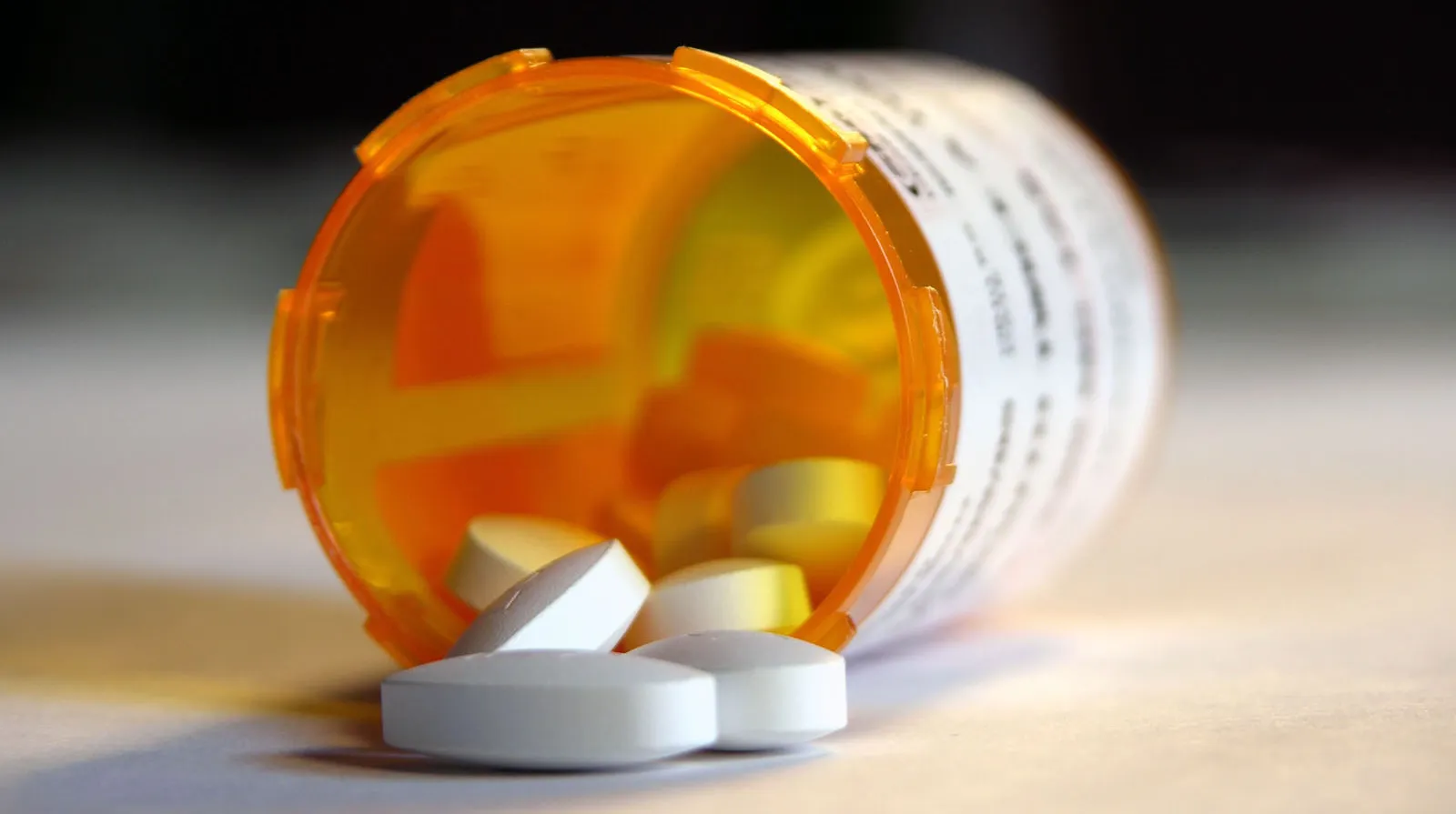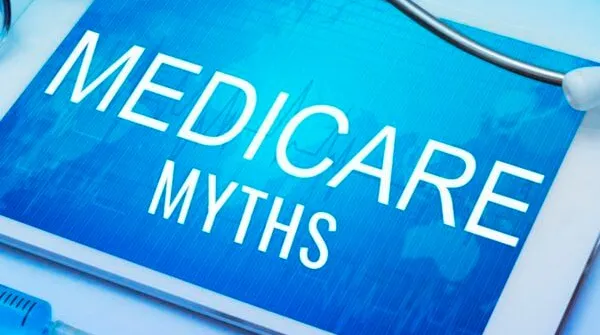
Donut Hole
The Medicare Donut Hole, also known as the Medicare Part D Coverage Gap, is a period during which Medicare beneficiaries who have prescription drug coverage through a Medicare Part D plan may have to pay a larger share of the cost for their medications. This occurs after a certain level of drug costs has been reached, and ends when the beneficiary's total out-of-pocket expenses for their medications reach a certain threshold.
During the Medicare Donut Hole, beneficiaries may have to pay a higher percentage of the cost for their medications. For example, in 2021, beneficiaries in the Donut Hole had to pay 25% of the cost of their generic drugs and 37% of the cost of their brand-name drugs.
The Donut Hole was created as part of the Medicare Part D program, which was enacted in 2003 to provide prescription drug coverage to Medicare beneficiaries. The Donut Hole was intended to encourage beneficiaries to use generic drugs and to limit the overall cost of the Medicare Part D program.
However, the Donut Hole has been controversial because it can be a significant financial burden for beneficiaries who require a lot of medications. In recent years, the Affordable Care Act has helped to close the Donut Hole by gradually increasing the amount of drug costs that are covered by Medicare Part D plans. By 2020, beneficiaries in the Donut Hole will only have to pay 25% of the cost of their drugs, regardless of whether they are generic or brand-name.
In summary, the Medicare Donut Hole is a period during which Medicare beneficiaries with prescription drug coverage may have to pay a larger share of the cost for their medications. It was created as part of the Medicare Part D program and has been the subject of controversy because of the financial burden it can place on beneficiaries.










